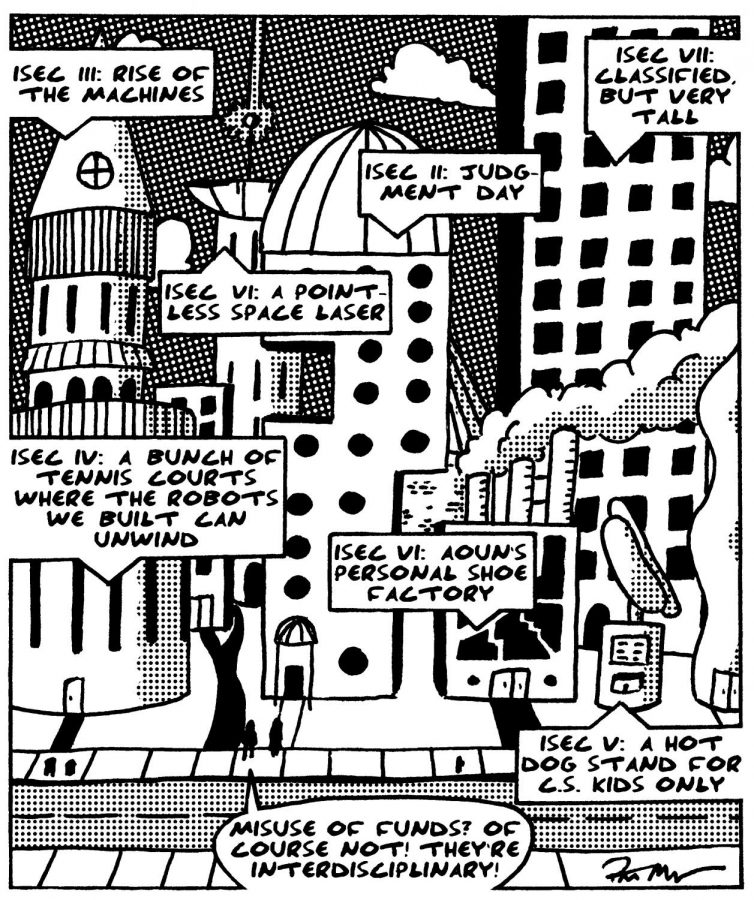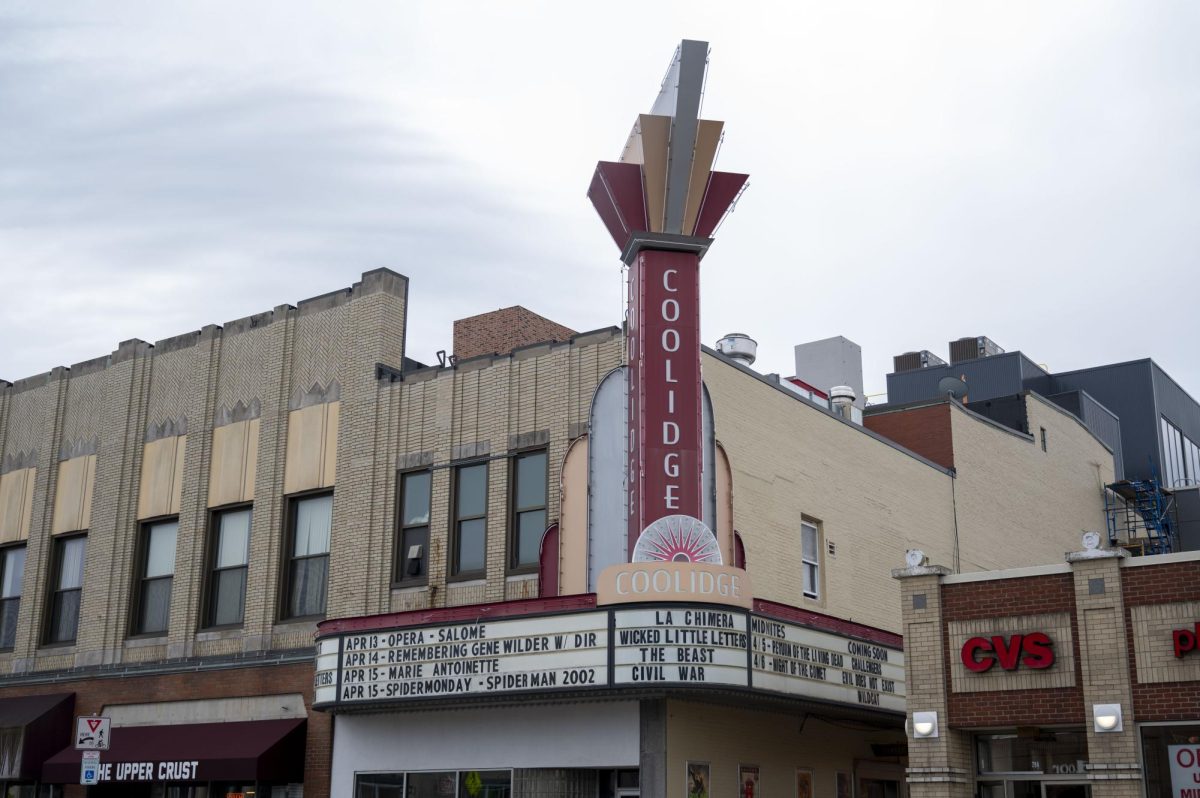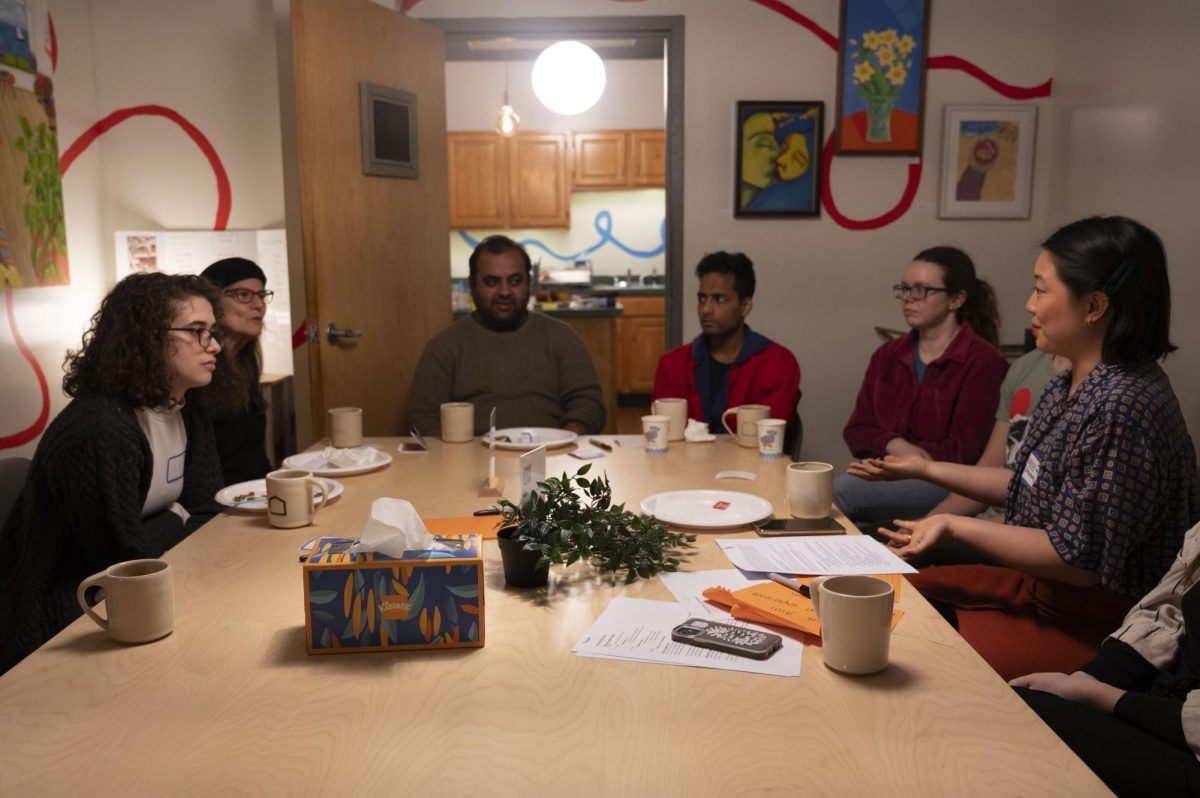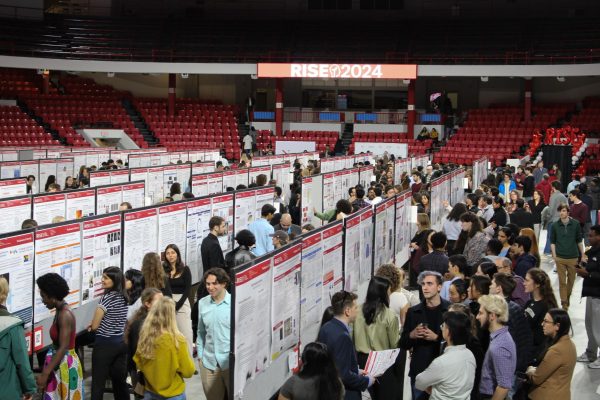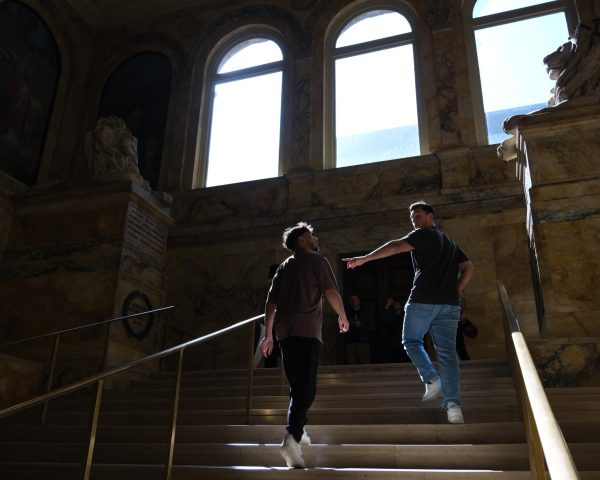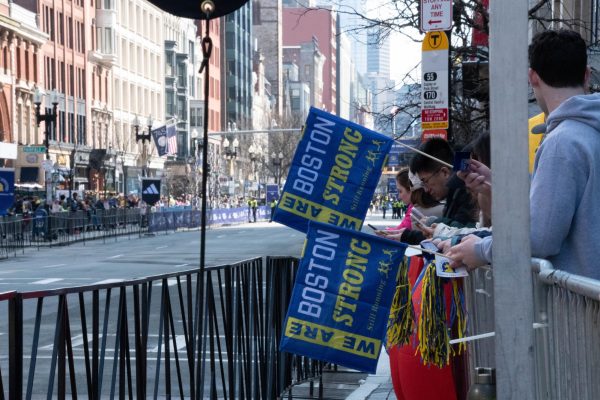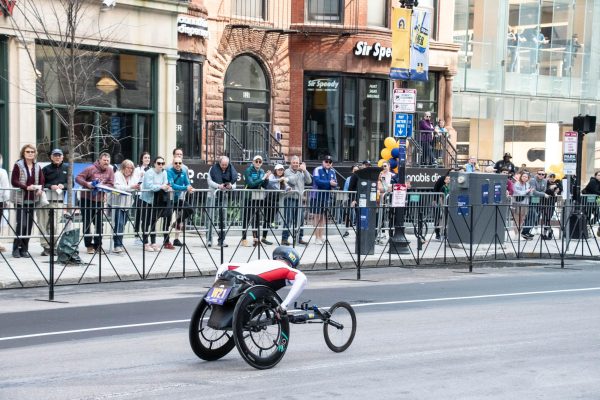Op-ed: ISEC Phase II presents new problems for NU students and Roxbury residents
The construction of ISEC II raises concerns in the NU and Roxbury communities.
September 18, 2019
Northeastern is planning to build another ISEC building, barely two years after the first opened. On May 2, 2019, Kathy Spiegelman, vice president and chief of campus planning and development at NU, sent a letter to the Boston Planning and Development Agency stating that the project, dubbed ISEC II, would be located “just west of the existing Interdisciplinary Science and Engineering Building.” In this letter, Spiegelman also claims the project will create new classrooms and laboratories, expand the campus across the MBTA tracks and create new public spaces for the surrounding residential community to enjoy.
Yes, ISEC II will give STEM students cutting-edge technologies and resources to supplement and nurture their education. And yes, ISEC II will create new innovative research spaces that further propel Northeastern’s status as a university with high research output. However, the project ignores existing issues Northeastern students encounter and, contrary to what the letter says, creates new problems for residents that live in the area.
Any Northeastern student can affirm the university struggles to manage overcrowdedness on campus. After classes end, the serene tree-lined pathways and quads become congested with students rushing to their next destinations: whether it be class, Snell Library or Rebecca’s Cafe. With the addition of a new ISEC building, some STEM majors will avoid this foot traffic. They will also be able to claim not only one, but two buildings on the Columbus Avenue side of the tracks as their home.
Meanwhile, non-STEM majors will continue to be relegated to older buildings and classrooms with aging infrastructure and fewer resources. The construction of ISEC II only serves to reinforce the opinion held by many studying the arts, humanities and social sciences that Northeastern has a STEM bias.
The first ISEC cost Northeastern $225 million. ISEC II, planned to span over 100,000 square feet more than the existing one, will no doubt cost the university significantly more. The necessity of building yet another center dedicated to STEM on the heels of completing the first one must be questioned. Imagine if the administration used this money to invest in resources integral to the lives of all Northeastern students instead, such as Snell Library or University Health and Counseling Services — which remain overcrowded, underfunded and in dire need of further funding and expansion.
In addition, and arguably more importantly, the construction of ISEC II further gentrifies the Roxbury neighborhood. The project represents Northeastern’s thirst for expansion and disregard for the residents of neighboring communities it encroaches on. ISEC II only adds to a long list of prior developments that have created difficulties for Roxbury residents.
For example, LightView, which opened in August this year, takes advantage of a loophole in the Boston zoning code that allows some projects to build past Roxbury’s construction height limit of 65 feet, yet the residence hall tops out at 230 feet. Residents argued the building goes against the “spirit of what Roxbury is supposed to look like.” Contrary to the vision Roxbury natives have of their neighborhood, it is safe to predict that ISEC II is likely to look like something out of Star Trek once finished, similar to the existing ISEC. The creation of ISEC II only continues to change the face, character and spirit of the Roxbury neighborhood, against the will of its inhabitants.
Despite such a positive image promoted by the administration regarding ISEC II, let’s not forget about the students and residents it directly affects. We, as students, should not be easily persuaded by the university’s smoke and mirrors around this project, and should instead take its detrimental impacts on our community under consideration.
Poon Singhatiraj is a first-year international affairs major.


